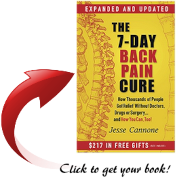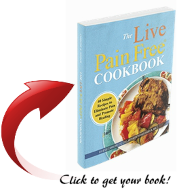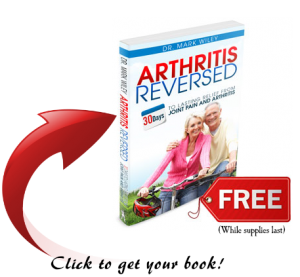Experiencing a fall resulting in a bruised hip can lead to persistent dull pain that affects daily life. While the sharp pain may subside over time, the lingering discomfort can be frustrating and debilitating. It is essential to address this issue with care, utilizing both preventive measures and targeted relief strategies. And before we continue, I want to let you know that I am not a medical professional, and what follows is not medical advice. I enjoy researching and providing information that deals with pain relief.

Image by luis_molinero on Freepik
The following will explore effective ways to alleviate dull pain, actions to avoid worsening the injury, and safety precautions to minimize the risk of future falls.
Relief Strategies for Dull Pain:
- Rest and Ice: Allow the injured hip to rest, avoiding activities that aggravate the pain. Applying ice packs intermittently can help reduce inflammation and numb discomfort.
- Gentle Stretching and Exercise: Engage in gentle stretching exercises to improve flexibility and strengthen the muscles around the hip joint. Low-impact activities like swimming or walking can promote healing without putting excessive strain on the injured area.
- Over-the-Counter Pain Relief: Non-prescription pain relievers such as ibuprofen or acetaminophen can provide temporary relief from mild to moderate hip pain. However, it is of utmost importance to consult with a healthcare professional before long-term use.
- Physical Therapy: Consider seeking guidance from a physical therapist who can tailor exercises and techniques to alleviate hip pain and improve mobility.
- Alternative Therapies: Explore complementary approaches such as acupuncture, massage therapy, chiropractic care, Rolfing, the Graston Technique, Gua Sha or VEMI to manage pain and promote overall well-being.
What to Avoid:
- High-Impact Activities: Avoid activities that involve sudden movements or put excessive pressure on the hip joint, such as running or jumping.
- Prolonged Sitting or Standing: Maintain a balance between rest and activity to prevent stiffness and discomfort. Avoid prolonged periods of sitting or standing in one position, as this can aggravate hip pain.
- Heavy Lifting: Refrain from lifting heavy objects that strain the hip muscles and joints, as this can worsen the injury and prolong recovery time.
- Ignoring Pain Signals: Listen to your body’s cues and avoid pushing through pain. Overexertion can lead to further injury and delay healing. You do not want to live by the saying “No Pain No Gain” in this situation!
Safety Precautions to Prevent Future Falls:
- Home Modifications: Remove tripping hazards such as loose rugs or cluttered walkways and install handrails or grab bars in areas prone to slips and falls, such as bathrooms and staircases.
- Proper Footwear: Wear supportive footwear with non-slip soles to maintain stability and reduce the risk of slipping.
- Regular Exercise: Participate in activities that improve balance, coordination, and muscle strength to enhance stability and reduce the likelihood of falls. These can include yoga and Tai Chi, or you can simply include activities such as standing on one leg or heel-to-toe walking as part of your daily routine.
- Vision and Hearing Checks: Schedule regular check-ups to monitor vision and hearing, as impairments in these senses can increase the risk of falls.
- Use Assistive Devices: If necessary, utilize walking aids such as canes or walkers to provide additional support and stability.

Managing dull pain following a hip injury requires a comprehensive approach that combines relief strategies, precautionary measures, and lifestyle adjustments. By incorporating rest, gentle
exercise, and proper safety precautions into your routine, you can alleviate discomfort, prevent further injury, and promote overall well-being. Remember to consult with a healthcare professional for personalized guidance and treatment recommendations tailored to your specific needs. With patience and diligence, you can navigate through the challenges of hip pain and regain mobility and comfort in your daily life.
To Your Success & Freedom,
Glenn Shimabukuro




Pingback: The Scorpion Stretch | Tips On Pain Relief | PainFreeOutlet.com